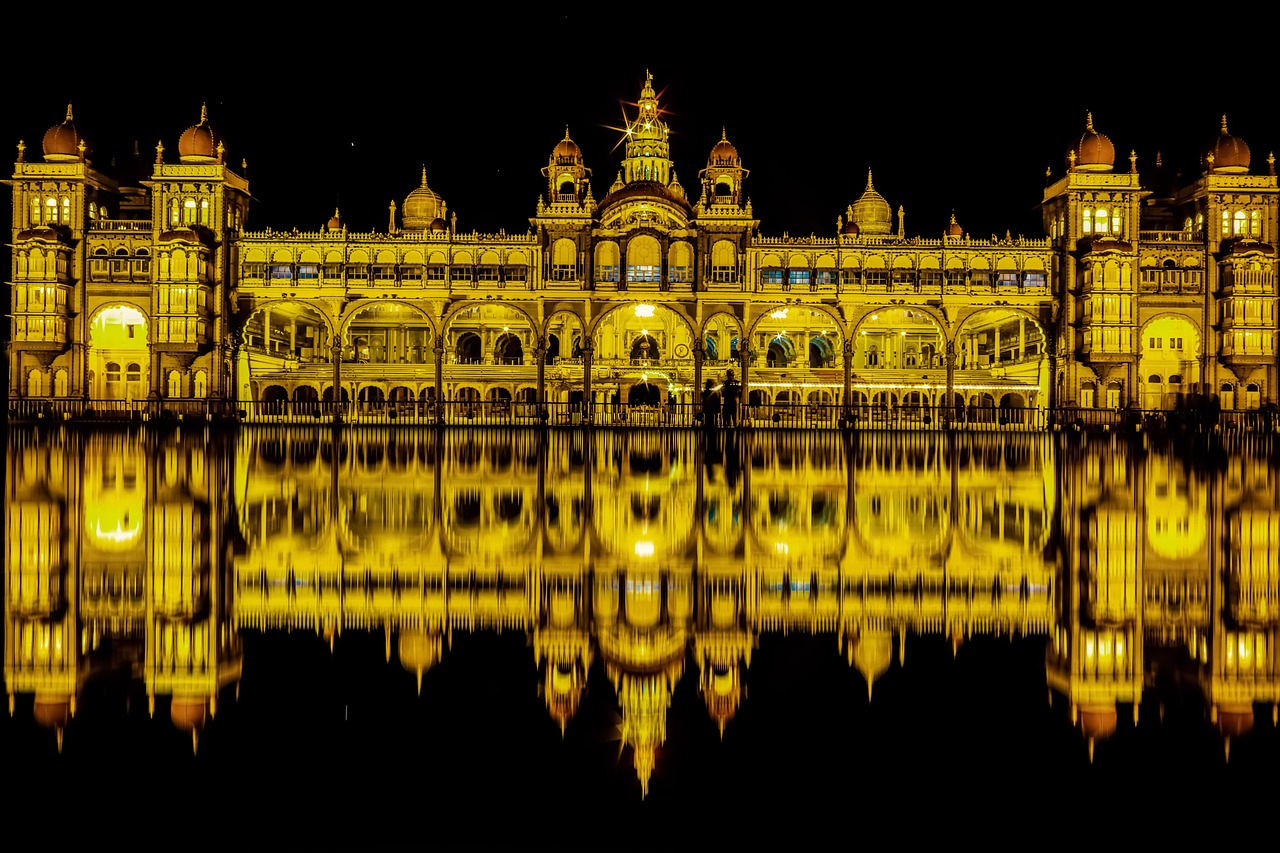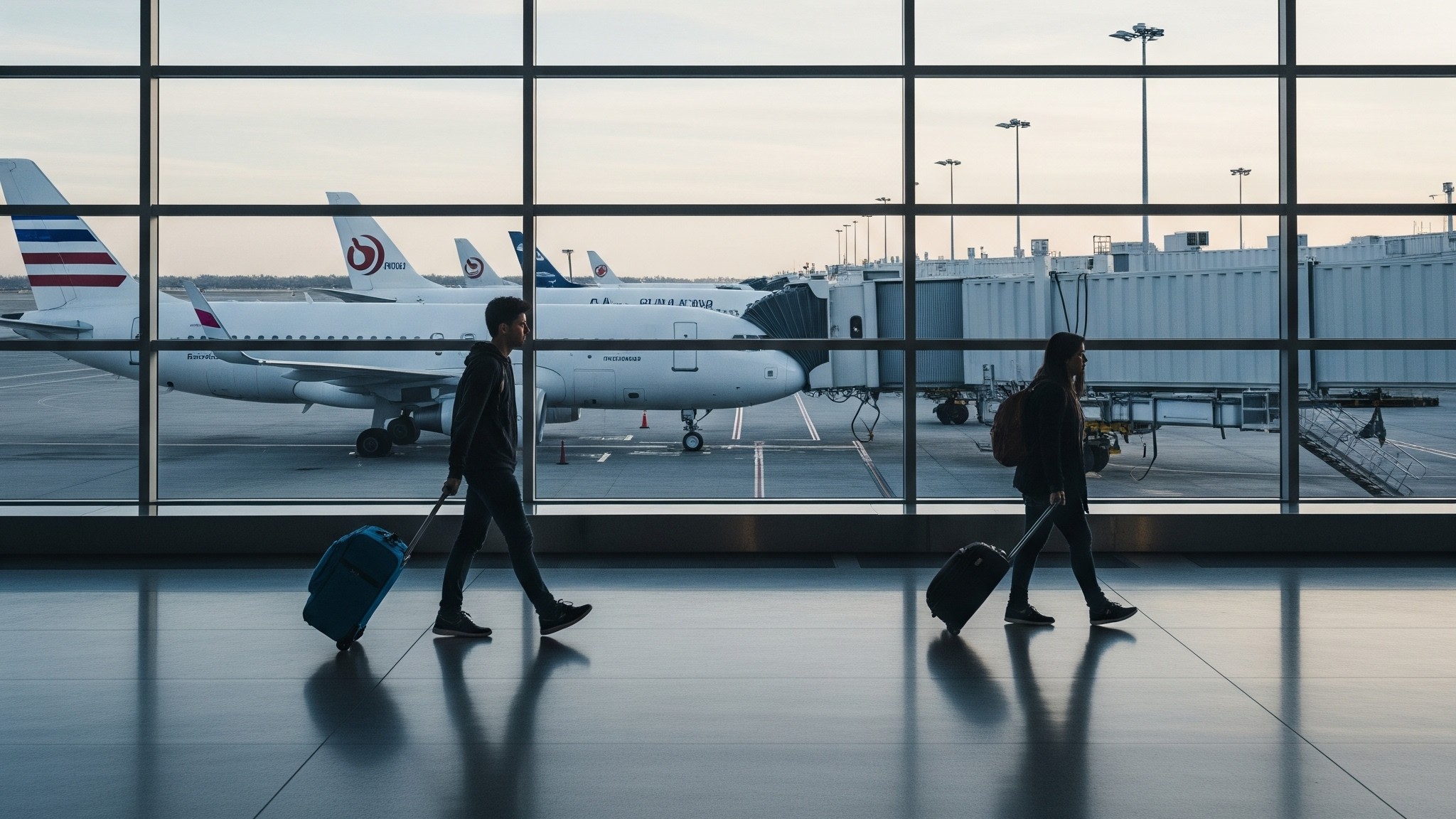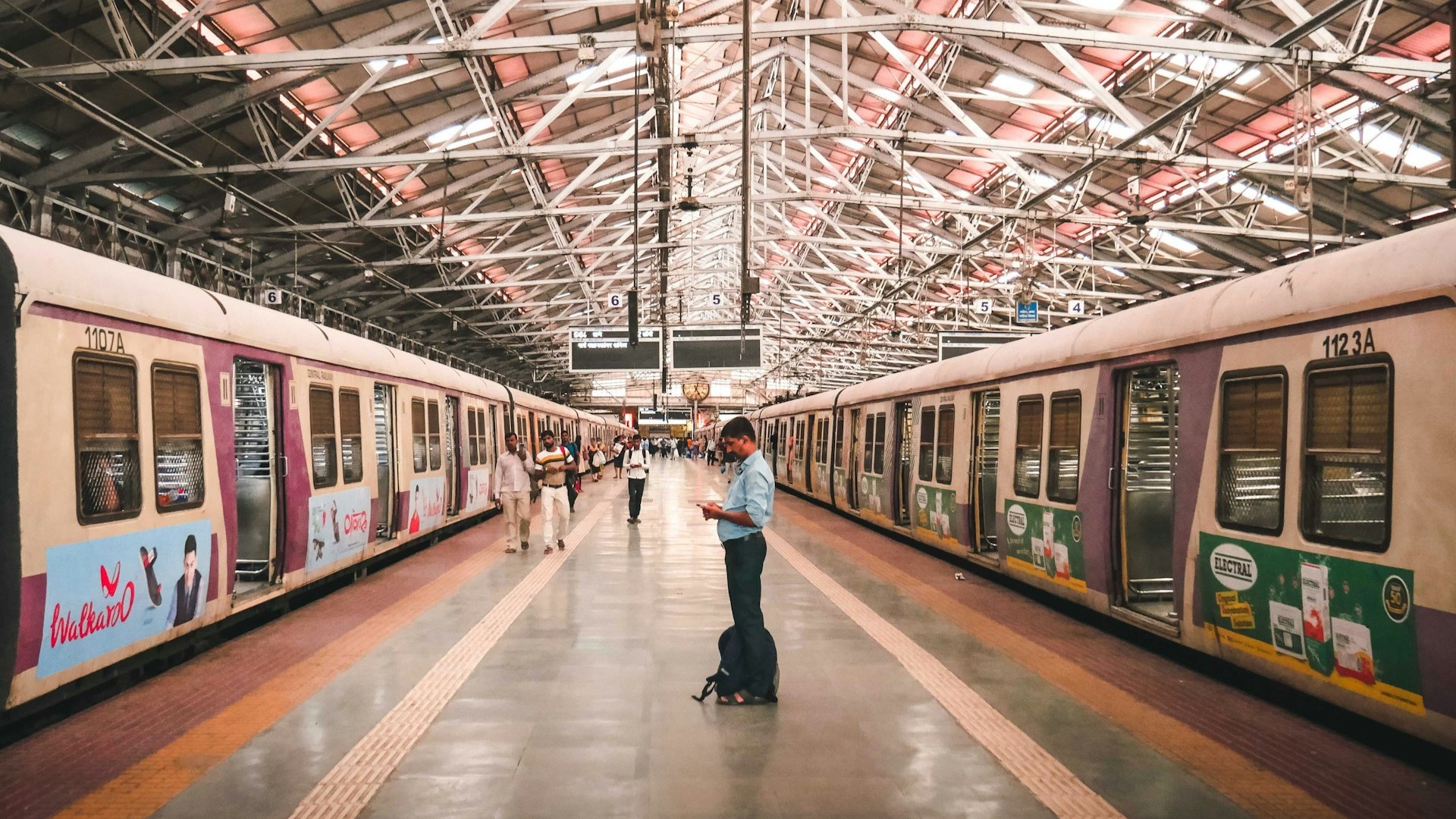Category: Blog
-

India’s Tourism Economy Boom: Surpassing ₹22 Lakh-Crore In 2025
India’s tourism sector has emerged as a powerhouse, climbing to the eighth-largest tourism economy globally in 2024, contributing ₹19,89,030.48 Crores or $231.6 billion ($1 = ₹85.88) to the national GDP. According to the World Travel & Tourism Council (WTTC), the sector is projected to reach ₹22,00,000 crore in 2025; reflecting a robust 22% surge in…
-

Empty Airports, Sky-high Prices: Is America’s Tourism Nightmare Here?
Economic impact is evident in the tourism sector, which contributed $2.3 trillion to the U.S. economy in 2019
-

Mumbai Locals at 100: Century of Chugging, Connecting & Celebration
Over the decades, this network grew into what we now recognize as one of the world’s busiest commuter rail system
-

Remembering Professor Satish Dhawan, architect of India’s Space Program
Prof. Satish Dhawan, a pivotal figure in India’s aerospace landscape, is remembered for his extraordinary contributions to India’s space program. Born on September 25, 1920, in Srinagar, a young Satish Dhawan exhibited an early fascination with science and engineering. Growing up amidst the majestic Himalayas, he developed a keen interest in understanding the physical world…
-

Kalpana Chawla: Reaching the Stars, Inspiring the World
Kalpana Chawla’s story is not one of loss, but of a life that defied limitations. Her legacy inspires countless young minds, to reach for the stars, unafraid and undeterred.
-

World Students’ Day: Celebrating Dr. Kalam’s Legacy
Education is the key to a better future for individuals and societies alike. It empowers people to reach their full potential and make a positive impact on the world.
